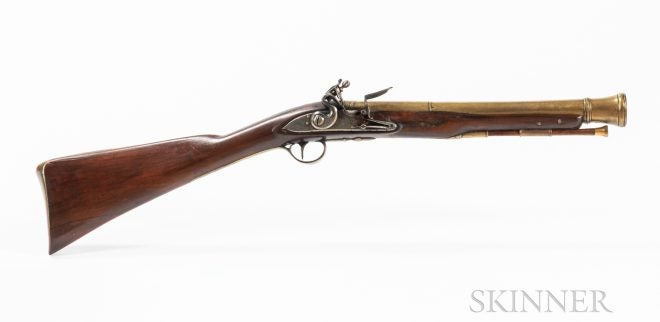The Skinner Historic Arms & Militaria Auction held in late October brought unique and rare firearms, as well as very interested buyers. Almost all of the items featured here saw military usage, with one exception being a Colt Python, said to have been used in The Man with the Golden Gun Bond film. Most of the items we’ll cover today went well beyond their estimated worth.
Auctioned Arms @ TFB:
- Wheelgun Wednesday: John Wayne’s True Grit Revolver up for Auction Today
- Wild West Auction Includes Colt Revolver that Killed Billy the Kid
- Alexander Hamilton’s Pistols Sold at Rock Island Auction for $1,150,000
SKINNER HISTORIC ARMS & MILITARIA AUCTION
Starting with the oldest specimen from the Skinner Auction, an early British blunderbuss from the late 17th or early 18th century. The Skinner Auction house noted that according to Dewitt Baker’s book on British Board of Ordnance Contractors, 1689-1840, the maker of the blunderbuss, Edward Godward supplied complete arms to the Board of Ordnance from 1691-1709. The blunderbuss in question was estimated to be worth $2000-3000, but was actually sold for $4,112.50.
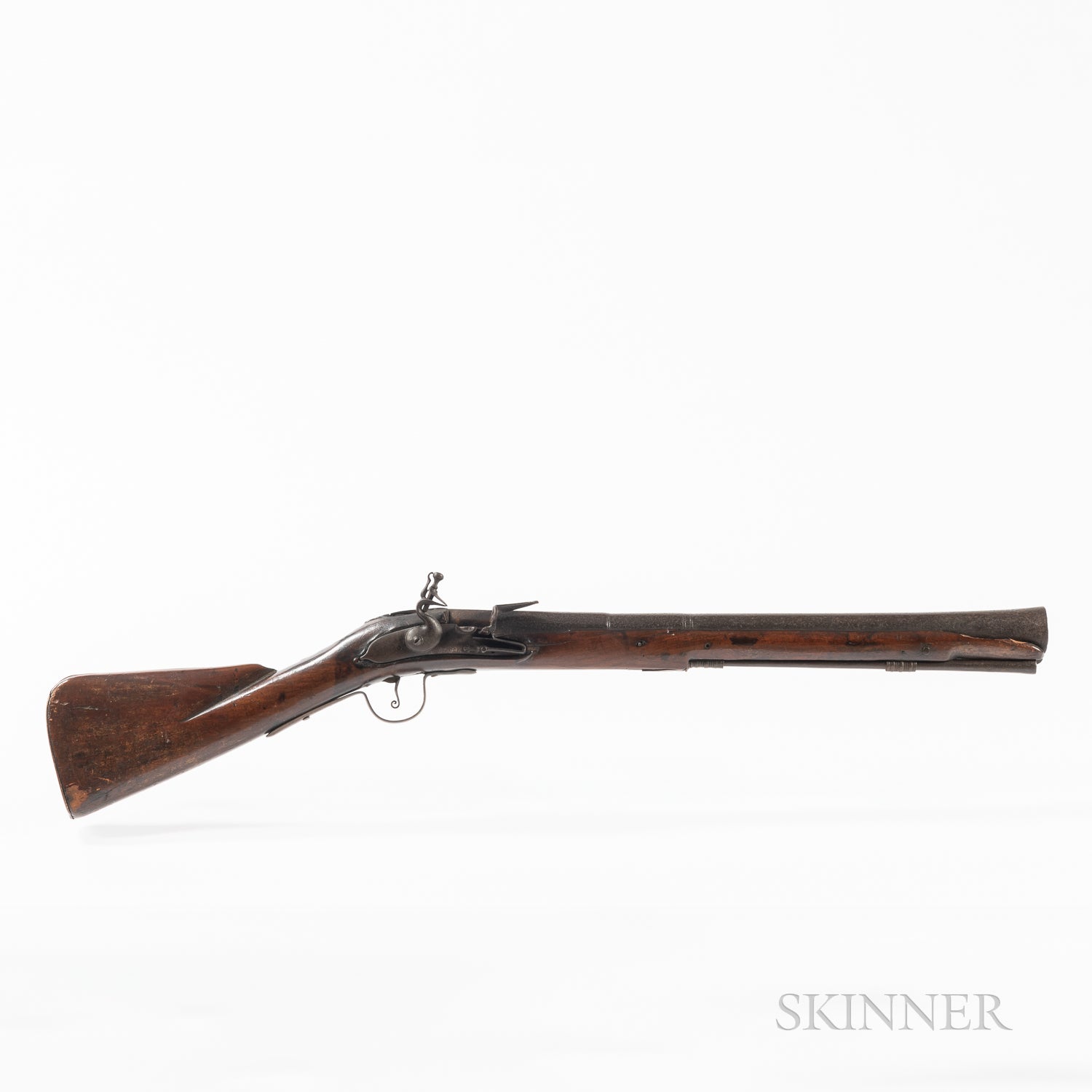
Image credit: Skinner Inc.
Moving a step closer to modernity, the Skinner Auction had an early 18th Century British Naval Cutlass up for grabs. This item didn’t have a historically known owner, but appears to be very well cared for and features a staghorn grip, and has a 27 5/8 inch overall length. The Cutlass had an estimated value of $800-1200, but actually fetched $3,818.75.
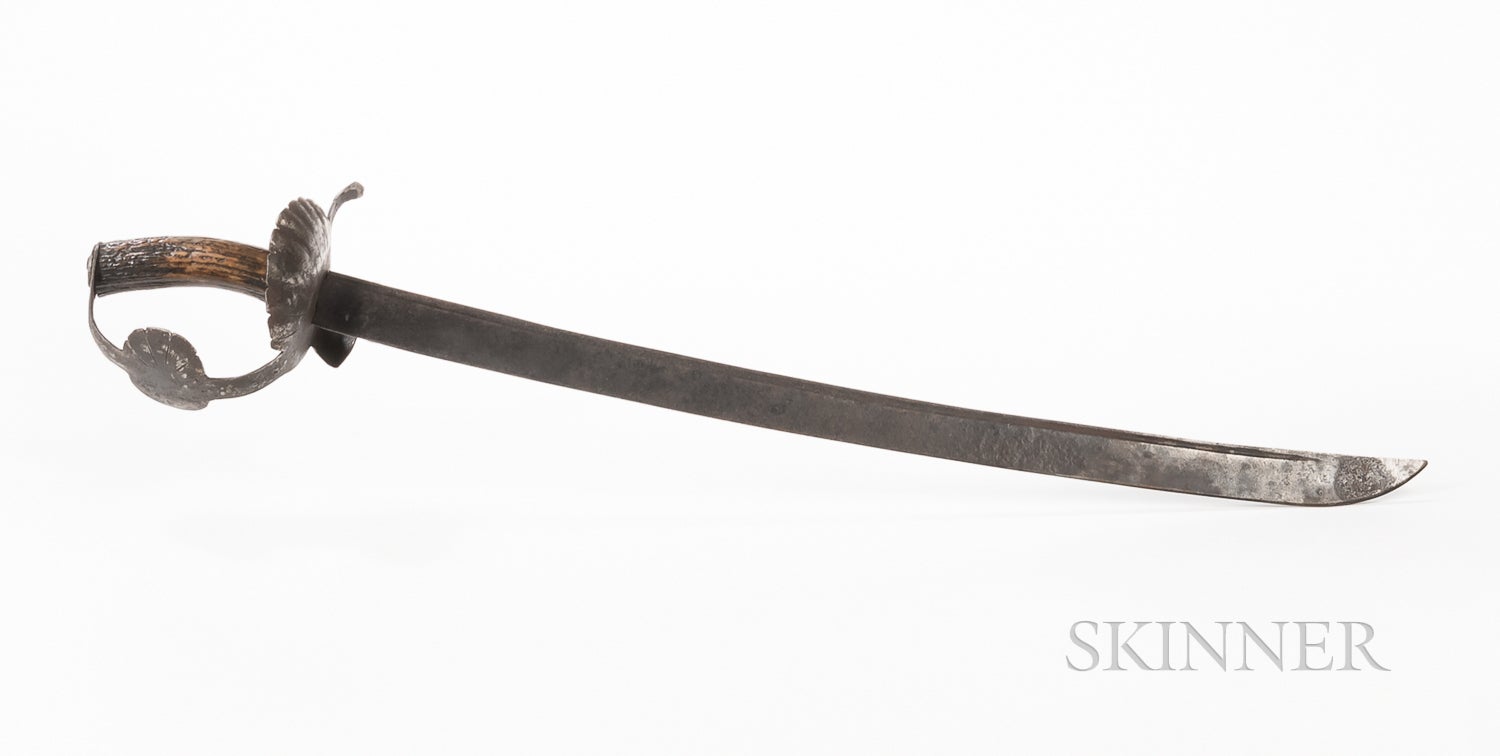
Image credit: Skinner Inc.
The next two items, both muskets were used in the American Revolutionary War, and brought bids far exceeding their estimated value. The first musket is from the 34th Regiment of Foot Dublin Castle Pattern 1769 Short Land Service Musket in .80 caliber. The following quote is from Skinner Auctions’ notes about this particular musket and details its part in the war:
The 34th was part of Burgoyne’s invasion force that forced the evacuation of Fort Ticonderoga in early July 1777 and participated in the major actions leading to Saratoga when the regiment surrendered to the American army on 17 October. The musket is distinctly engraved “34/D/33” on the brass thumbpiece indicating that it was issued to the 33rd man in company “D” which was the grenadier company. The grenadier company and the light infantry companies were the only two companies of the 34th Regiment at Saratoga.
The 34th Regiment musket was valued at around $8000-12,000, but finally went for $34,075!
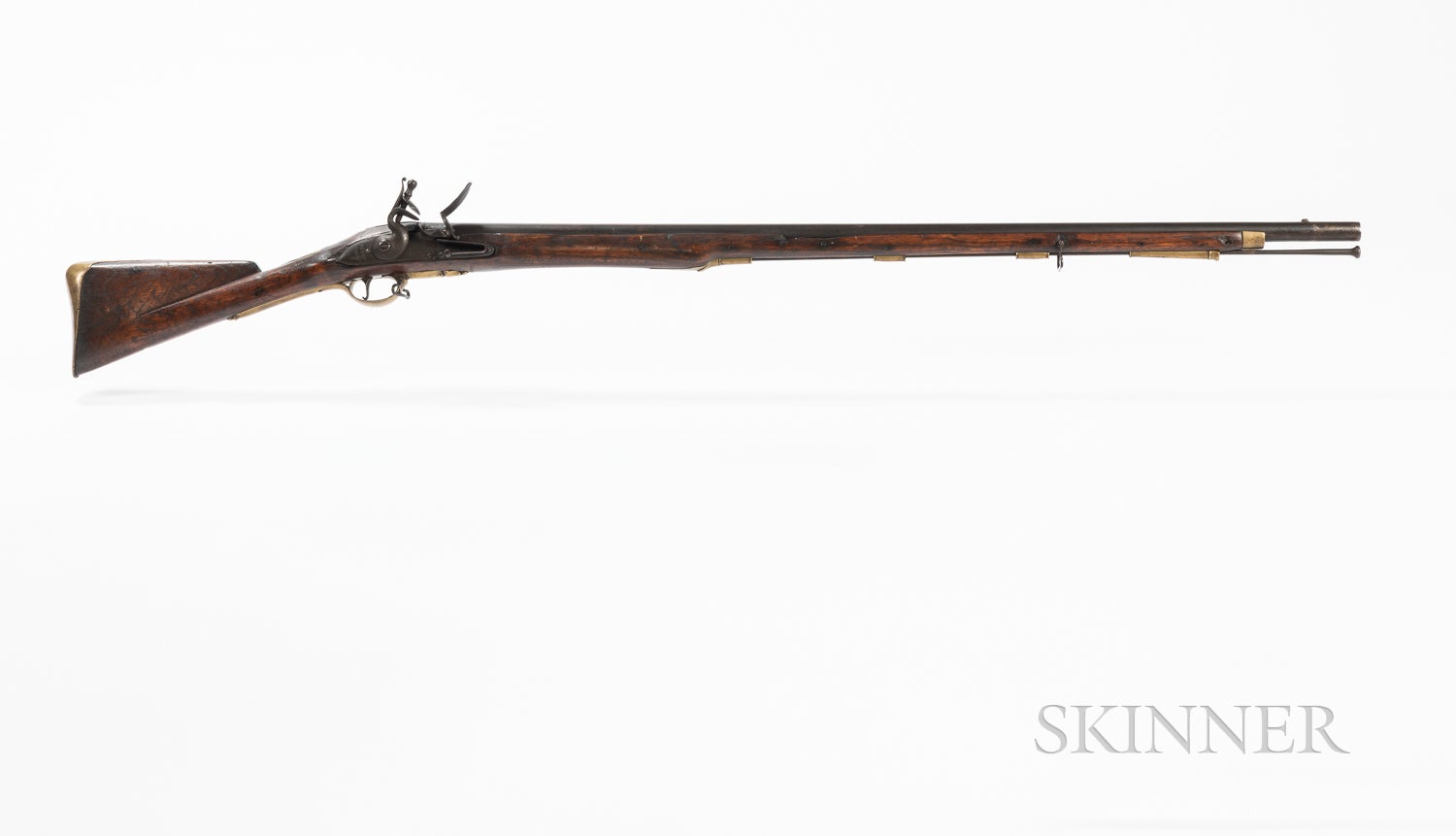
Image credit: Skinner Inc.
The second musket, from the New Hampshire Battalion, was a .77 caliber French Model 1763/66 Infantry Musket that was acquired for use in the Revolutionary War in 1777. Skinner Inc.’s note on the musket’s role can be seen below:
This musket was part of a shipment of arms that arrived in Portsmouth, New Hampshire, on March 17, 1777, from France on board the ship Mercure. Soon thereafter John Langdon, Continental Agent for Maritime Affairs secured 2,016 of the newly arrived French muskets and bayonets for use by three regiments of New Hampshire soldiers being raised at that time.
This French Model 1763/66 sold for $44,062.50, despite only being valued at $15,000-25,000!
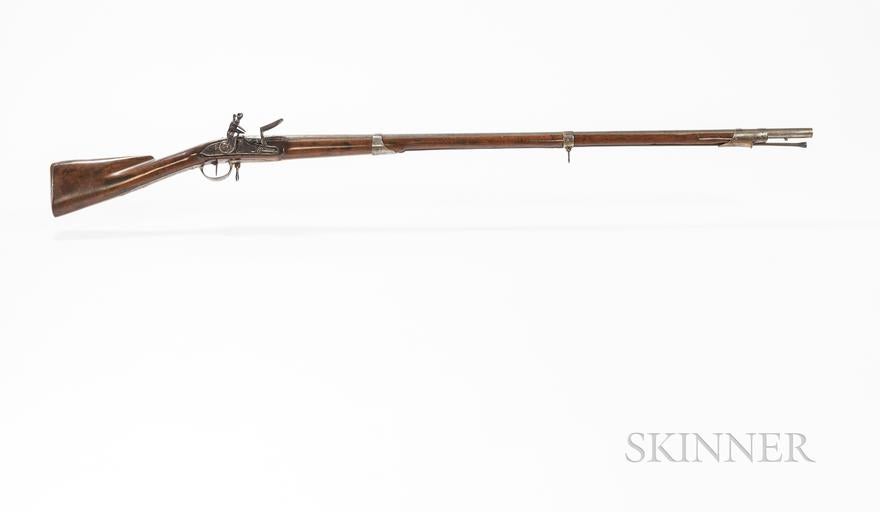
Image Credit: Skinner Inc.
We’ll now veer from guns that cost as much as my first house, to a humbler lot of firearms tackle dated from the late 18th and early 19th Century. These lead shot molds are made of wood, one of which has a soapstone insert. A thread on Muzzleloadingforum.com briefly discusses some of the finer details of molds of the time if you’re interested. One commenter pointed out that molds could be quite expensive, so wooden versions may have been a more economical option to gunners in that era. These molds were valued at $200-300, but still fetched $528.75.
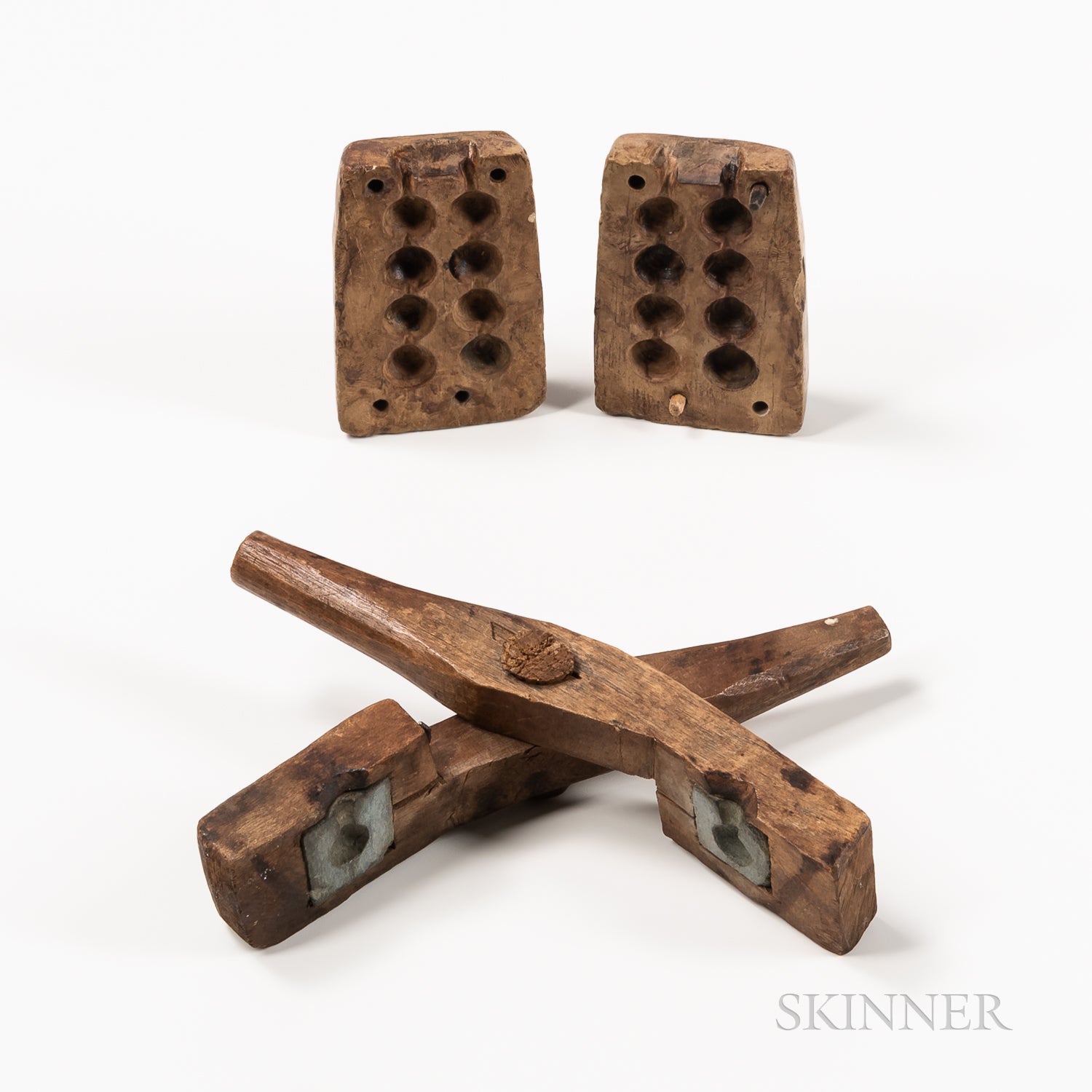
Image credit: Skinner Inc.
The last item we’ll cover today is a Colt Python that was acquired for the James Bond film, The Man with the Golden Gun. If you’re wondering, “when was a Colt Python used that movie,” it’s there, obscured by a wire-mesh cabinet door for all of 9 seconds tops. Due to the lighting, it’s a bit hard to tell if the auctioned Python is actually the one used in the film, however, even if it’s not the gun from the movie, it was certainly acquired for it. According to Skinner Inc.’s information about the Python’s history, it was bought by Charles Russhon, who had uncredited involvement in at least five James Bond films. I highly recommend you click on the link to the Python (click on the sold price) and read the full description on Skinner Inc.’s Python page.
The Colt Python stayed within the estimated value range of $4000-6000, with a sold price of $5,875.
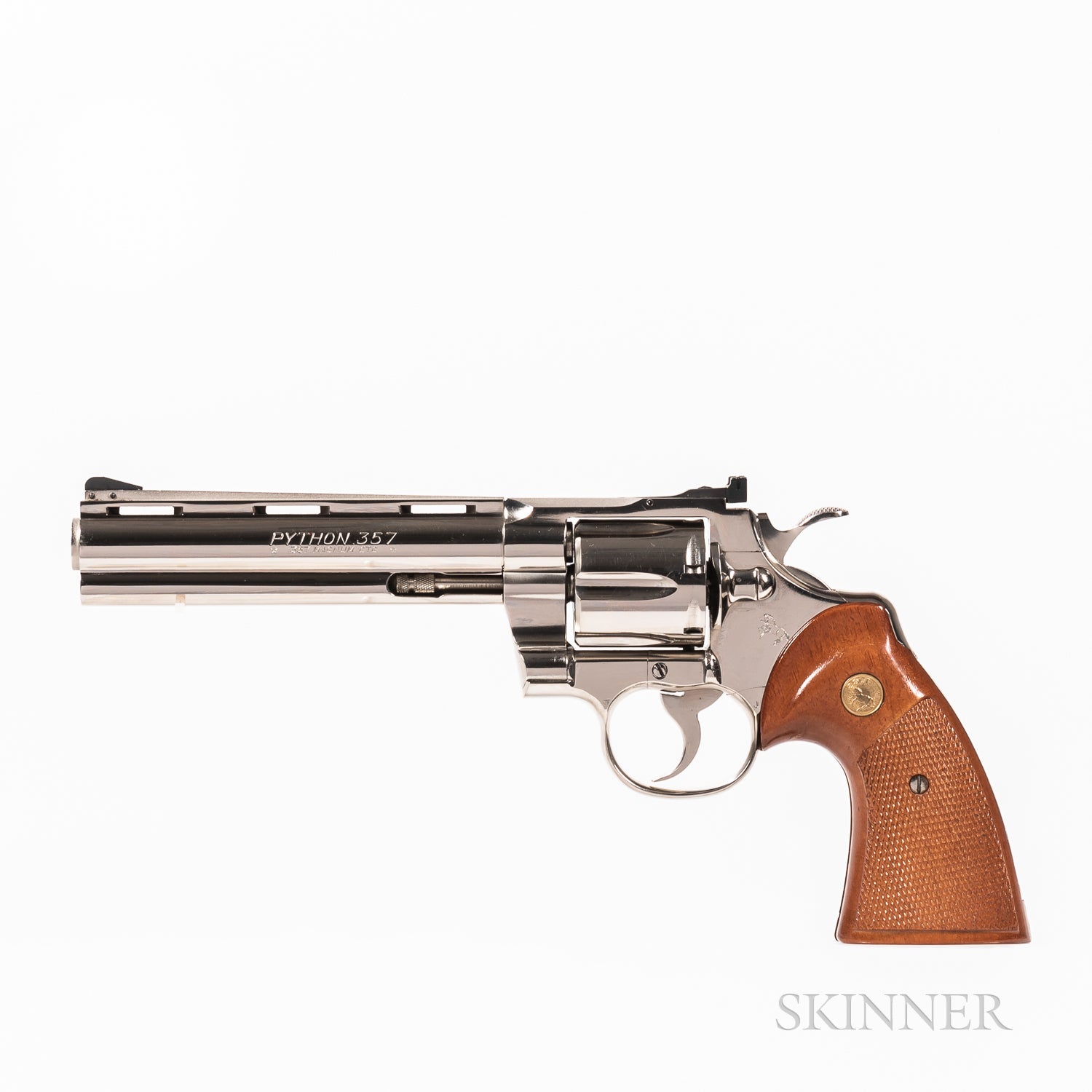
Image credit: Skinner Inc.
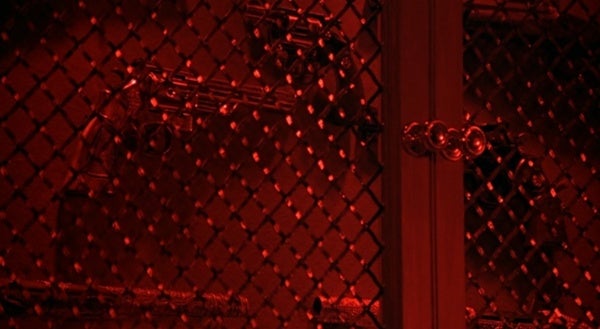
Image from IMFDB.com
I hope you’ve found this sampling from the Skinner Historic Arms & Militaria Auction as interesting as I have. The link to each item is attached to the sold price if you’d like to see more specific information about them. You can view the rest of the lot from late October 2021 HERE, to see if anything else catches your eye. If so, let us know what else you found noteworthy, and which of the items above catches your attention most.
 Your Privacy Choices
Your Privacy Choices
